Originally published on SoundStage! Xperience
PSB M4U 4 measurements can be found by clicking this link.
 PSB’s new M4U 4 earphones raise an important question for audio manufacturers: After you’ve achieved near-perfection, where do you go? Before PSB’s founder and chief engineer, Paul Barton, built his first set of headphones, he read all the existing research and did a lot of his own. The result, the M4U 2 over-ear headphones, were indeed close to perfect, according to reviewers. But a manufacturer generally has to offer a complete line of headphones -- and Barton is responsible for designing headphone-related products for two of the audio brands owned by the Lenbrook Group: PSB and NAD. What’s a designer to do? Voice them all the same, so there’s little reason to spend more for the more expensive models? Or make some models sound different from the others?
PSB’s new M4U 4 earphones raise an important question for audio manufacturers: After you’ve achieved near-perfection, where do you go? Before PSB’s founder and chief engineer, Paul Barton, built his first set of headphones, he read all the existing research and did a lot of his own. The result, the M4U 2 over-ear headphones, were indeed close to perfect, according to reviewers. But a manufacturer generally has to offer a complete line of headphones -- and Barton is responsible for designing headphone-related products for two of the audio brands owned by the Lenbrook Group: PSB and NAD. What’s a designer to do? Voice them all the same, so there’s little reason to spend more for the more expensive models? Or make some models sound different from the others?
Barton’s PSB M4U 4 earphones ($299 USD) are a clear step up from his NAD Viso HP20 earphones ($169) in that the PSB model is a hybrid design. Each HP20 earpiece contains a single dynamic driver -- essentially, a miniature speaker driver with a voice coil, magnet, and diaphragm. The M4U 4s add one balanced-armature driver per earpiece. A balanced armature is sort of like a tiny teeter-totter, connected to a diaphragm and around which wire is wound. The armature is suspended in a magnetic field. Dynamic drivers are revered for power and bass, balanced armatures for detail and delicacy.
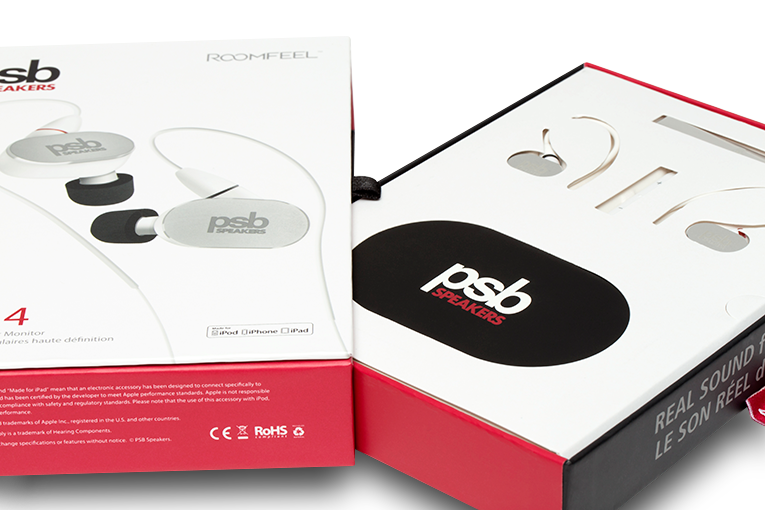
Theoretically, a hybrid design such as the M4U 4, in which both technologies are used, should deliver the best of both worlds. However, the mechanics and acoustics of stuffing two different types of driver into a single tiny earpiece are daunting, and many of the hybrid ’phones I’ve tried haven’t sounded all that great.
Barton gave the M4U 4s a shape that’s perhaps a bit complicated for the average listener to deal with, but that enthusiasts tend to like. Each earpiece is to be inserted deep into the listener’s ear canal, and the cable is routed over the pinna, or external ear. Usually, this results in a tighter fit, and thus a better acoustical seal.
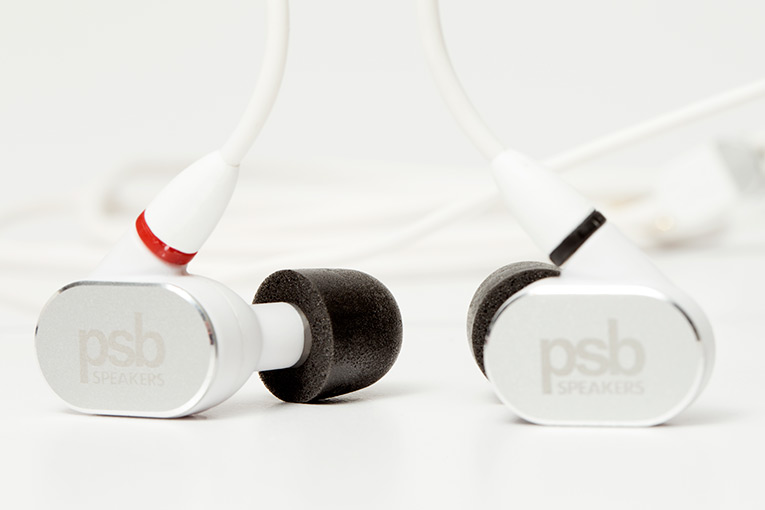
The M4U 4s also feature something found in all Barton headphones and earphones to date: RoomFeel, a frequency-response curve intended to create a sound more like that of real speakers in a real room. That said, you can see, when you look at the measurements, that while the M4U 4s’ response shares some of the characteristics of the NAD Viso HP20s’ response, those responses differ substantially.
In the box
The M4U 4s come with six sets of eartips: three of silicone and three of Comply foam, each material in three sizes. (Paul Barton voiced the earphones using the Comply tips.) Also included are: 1.4m cables, one with an Apple-compatible inline mike and remote control, one without; an 1/8”-to-1/4” adapter; a dual-mono airplane adapter; and a zippered travel case.
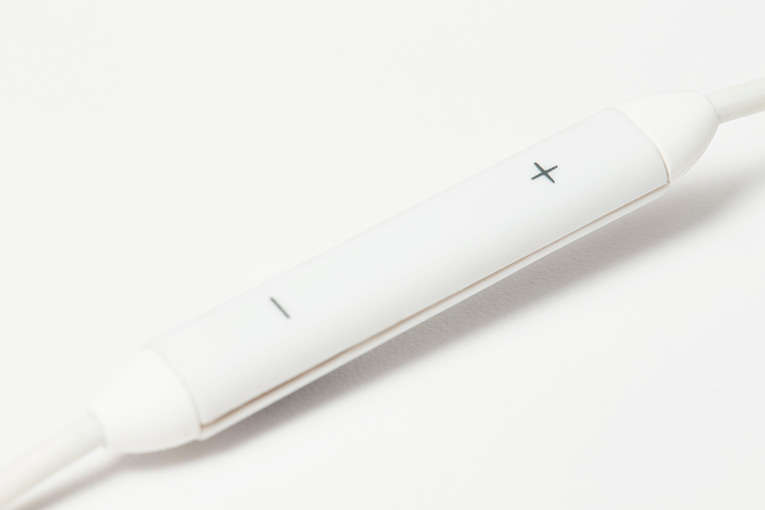
PSB offers the M4U 4s in black or white.
Use
As with the NAD Viso HP20s, even PSB’s largest silicone eartips didn’t fit my ear canals, which an audiologist estimated as being about 10% greater in diameter than the average American male’s. However, the largest of the Comply tips fit perfectly. As usual with earphones using over-ear cable routing, I got a very secure fit and an airtight seal.
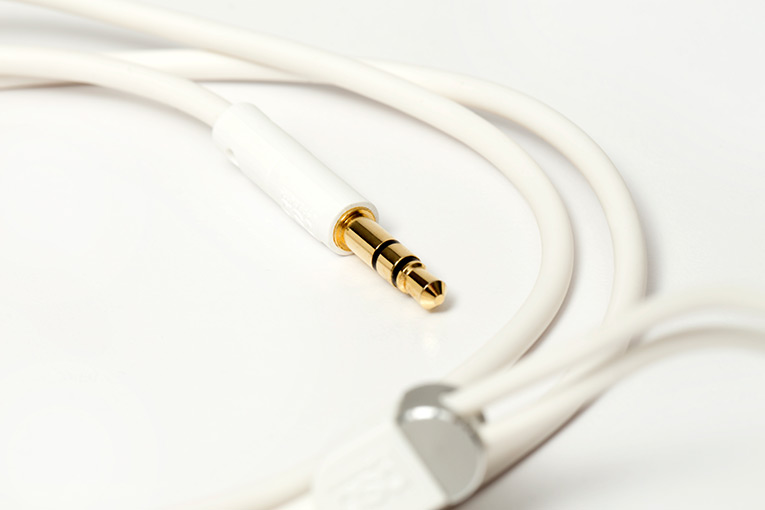
The cables are detachable -- gently pull on them to pop them off the earpieces. It’s easy to change the cables, though sometimes I had to twist or jiggle the connection slightly to get it to work. But once the connection was firm, I had no further problems with it.
Sound
The first review sample of the M4U 4s, one of only a few early-production units sent out to reviewers, had the wrong filter installed on its sound tube -- a problem I noticed when I heard and measured it. Barton substituted a different filter, and said that the resulting product represents the M4U 4s shipped to dealers.
A listen to alto saxophonist Jim Snidero’s Main Street (256kbps MP3, Savant) quickly revealed the basic character of the M4U 4s’ sound: spacious and natural, but not a lot of bass -- the sort of sound typically heard from balanced-armature drivers. Many headphone makers reduce the bass output (or increase the treble output) of their more expensive, audiophile-oriented headphones in the belief that more demanding listeners don’t want a lot of bass. Comparing the sounds of the NAD Viso HP20 and PSB M4U 4 earphones, I think this is what Barton has done. Sometimes, this sort of voicing results in thin sound. Sometimes, as with the M4U 4s, it’s more of a mixed bag.
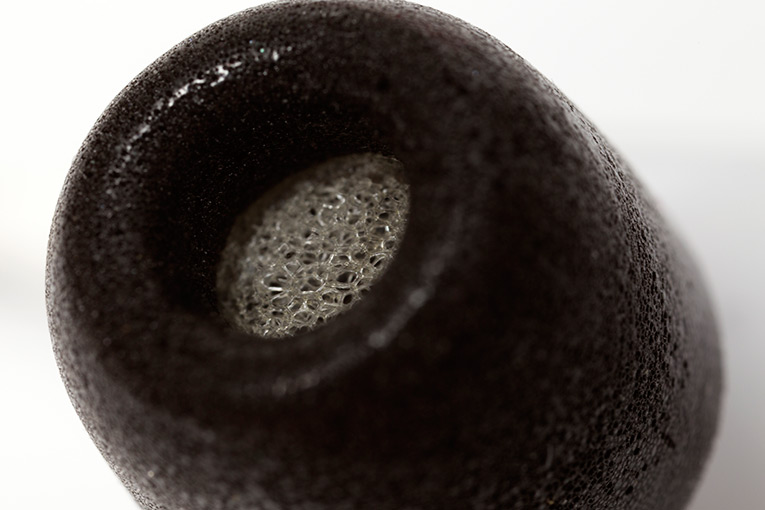
Having just returned from a summer jazz camp in which Snidero played a couple of concerts, I can say that the M4U 4s got his sound right. In my favorite track from Main Street, a Coltrane-ish blues track titled “Post Time Saratoga,” Snidero’s alto had the intimacy you can hear on a lot of Blue Note records of the 1960s. None of the character of his tone was exaggerated or muted, and there was no added buzz or edge, yet the breathiness and detail of his horn were accurately portrayed. Bravo!
However, the sound of Linda Oh’s double bass, while exceptionally clean and precise through the M4U 4s, for the most part lacked body. Except when she plays her instrument’s very lowest notes, there was little oomph . . . and, therefore, not as much groove. It reminded me of when I recently heard, in a small room, a jazz group in which the bassist played unamplified. Some audiophiles might protest, “That’s how it should sound!” But that’s the artist’s call. Most jazz musicians aren’t even aware of the audiophile ideal of capturing the natural sound of acoustic instruments playing unamplified; they just want their music to groove. (That’s why they hire double-bass players who use pickups and bass amps, instead of miking the instrument and running it through a high-quality speaker system.) So I can’t say that the M4U 4s are wrong or right here, or whether or not this is the right sound for you. I can say that I would have preferred a few dB more output in the midbass and upper bass.
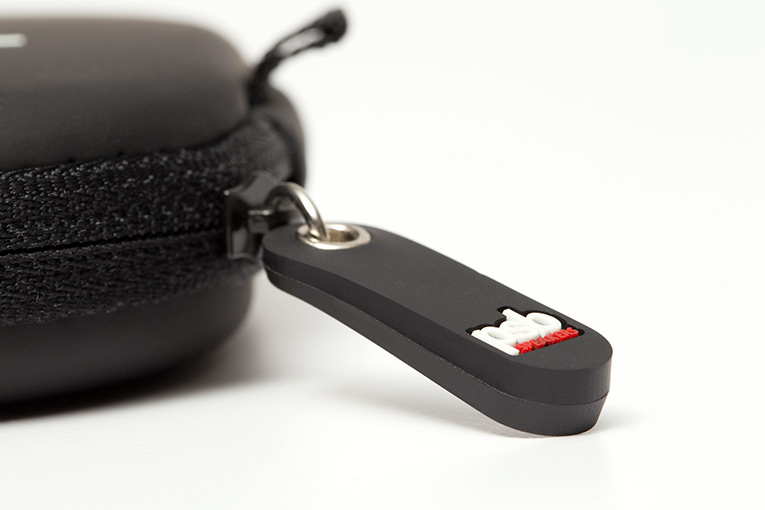
But while the M4U 4s didn’t have as much mid- and upper bass as I’m used to, I kept coming back to them because their mids and treble were so great, and because their portrayal of spaciousness sounded so right. I could really appreciate this with recordings such as “Cultural Treason,” from the terrific Primal Scream, by David Chesky’s group Jazz in the New Harmonic (16/44.1 WAV, Chesky JD 369). In this purist recording, everything was recorded in a large, ambient space with a simple microphone array and a minimum of postprocessing. I’ve attended a couple of Chesky’s recording sessions, and the M4U 4s made his work sound as it’s supposed to. Peter Washington’s double bass dominated my right ear, as if it were about 6’ away. Chesky’s acoustic piano was in my left ear, sounding as if about 15’ away, and Javon Jackson’s tenor sax and Jeremy Pelt’s trumpet were roughly centered about 20’ back, so that they wouldn’t dominate the mix and could take better advantage of the ambience of the venue. The bass level seemed just right -- the unamplified double bass sounded like an unamplified double bass.
The M4U 4s also got the balance right with music that relies more on the lower range of bass to get its groove on. A perfect example is “Leaving Los Feliz,” from Mark Ronson’s hyper-popular Uptown Special (256kbps MP3, RCA). I can’t tell if it’s a synth or a bass guitar providing the bottom end on this tune, but to my ears, the M4U 4s provided plenty of groove without obscuring the voices, guitar, and drums. In fact, I could perceive Ronson’s carefully layered mix to a greater degree than I have listening through speakers or relatively inexpensive headphones -- especially Kevin Parker’s voice, which sounded huge yet still focused enough to salvage some degree of humanity. The M4U 4’s precise, uncolored mids and treble made this track a real pleasure to hear; over and over, I kept clicking back to the beginning to listen again. I wonder, though, if what I heard matched Ronson’s intent. I gotta think he’d want more bottom end, to get his listeners’ butts moving more.
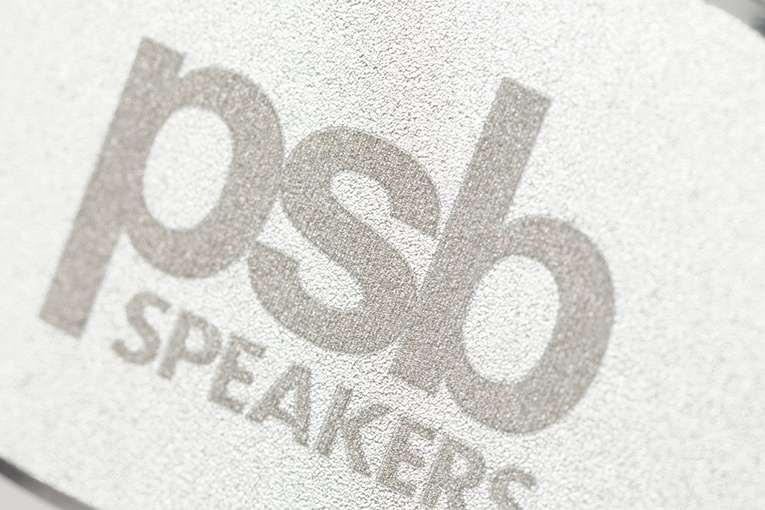
It was interesting to compare the M4U 4s with Sony’s XBA-H1s ($149.99), a hybrid design with a single balanced armature and a single dynamic driver per earpiece. I loved them when I reviewed them, and they recently won a large comparison listening test I participated in. But I think the M4U 4s are worth paying twice the Sonys’ price. Listening to “Good Time Charlie’s Got the Blues,” from Holly Cole’s Night (16/44.1 WAV, Universal), I noticed that her voice sounded much more natural through the PSBs: mostly clear and uncolored, and somewhat like what I’m used to hearing from my Revel Performa3 F206 speakers. In comparison, the XBA-H1 made the lower range of Cole’s voice sound a little bloated and a bit sibilant, the latter probably the result of a frequency-response wiggle somewhere in the upper mids. The PSBs’ bass was tighter and better defined, but a few dB lower in level than the Sonys’.
I also briefly compared the M4U 4s with a slightly pricier hybrid model, the Audiofly AF140 earphones ($349.99). The AF140s have several dB more output through most of the bass range, which gives them more bottom-end power while making them sound softer in the treble. I like both earphones, but preferred the PSBs’ sound overall for its greater detail and precision. Others may prefer the bassier AF140s.
Conclusion
I suspect that some listeners, on first hearing the PSB M4U 4 earphones, will immediately wonder, “Where’s the bass?” -- especially if they’re comparing them with other, more typically voiced earphones. But the more I listened to the M4U 4s, the more I warmed up to them and the less I wanted to listen to any of the many other earphones I have. The PSBs’ mids and treble are so uncolored, and their bass so precise, that I have to think that the M4U 4s will be the go-to earphones for me.
. . . Brent Butterworth
Associated Equipment
- Sources -- Apple iPod Touch (third generation), Samsung Galaxy S6 smartphone
- Earphones -- Audiofly AF140, Sony XBA-H1
- Headphone amp-DAC -- Aurender Flow
PSB M4U 4 Earphones
Price: $299 USD.
Warranty: Two years, replacement.
PSB Speakers
633 Granite Court
Pickering, Ontario L1W 3K1
Canada
Phone: (905) 831-6555
Fax: (905) 837-6357
Website: www.psbspeakers.com




